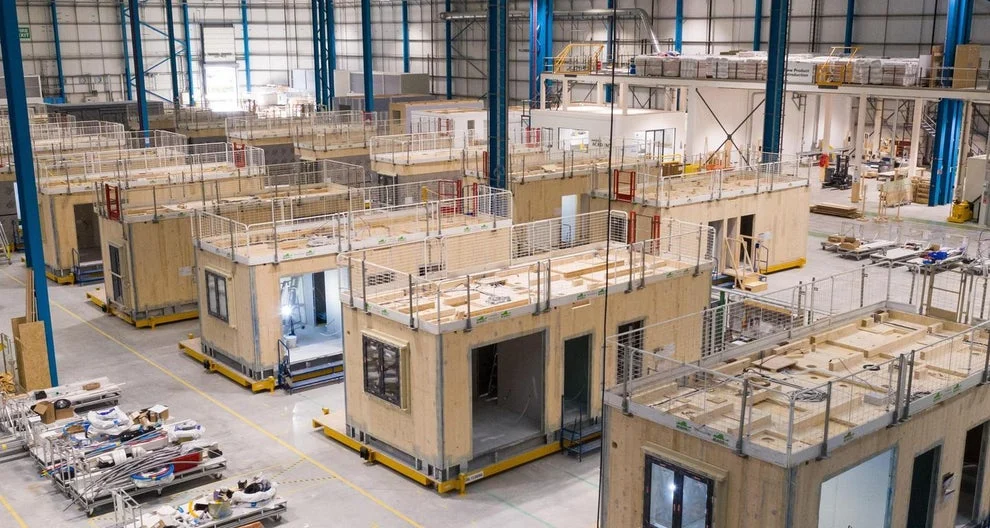You can manage common household pests like ants, cockroaches, rodents, bedbugs, spiders, mosquitoes, flies, fleas, and silverfish with specific strategies. For ants and cockroaches, clean regularly, use bait traps, and seal entry points. Rodents require sealing cracks, setting traps, and possibly a professional. Bedbugs can be tackled with vacuuming, washing, and mattress encasements. Regularly clean spider webs and reduce clutter. Control mosquitoes by eliminating standing water and using natural repellents. Maintain cleanliness to keep flies and fleas at bay, and lower humidity for silverfish. Effective prevention and control measures will guarantee a safer, pest-free home. Learn more to master these techniques.
Ants
When it comes to household pests, ants can be particularly frustrating because they often invade in large numbers and are difficult to control. Understanding ant behavior is essential for effective management.
Ants are social insects that follow scent trails to food sources. For a professional touch, consider consulting Bugs Pest Control services which offers specialized strategies for ant infestations.
To gain freedom from these invaders, use ant traps strategically. Place them near entry points and along common trails. Opt for bait traps that ants will carry back to their colony, effectively eliminating the entire nest.
Regularly clean surfaces to remove food residues that attract ants. Seal cracks and crevices to block entry points.
Cockroaches
While ants present their own set of challenges, cockroaches are another household pest that requires immediate attention.
Understanding cockroach behavior is vital for effective cockroach prevention. These pests are nocturnal and thrive in dark, moist environments, often hiding in kitchen cabinets and bathrooms.
To keep them at bay, start by eliminating food and water sources. Store food in airtight containers, fix leaky faucets, and take out trash regularly.
Seal cracks and crevices where cockroaches can enter your home. Use bait stations and traps as a targeted approach.
Remember, cleanliness is your best defense. Regularly clean and declutter to make your home less inviting.
Rodents
Just like other household pests, rodents aren’t only a nuisance but also a serious health hazard. They can spread diseases and cause structural damage to your home.
To keep them at bay, start with effective pest prevention: seal any cracks and holes, store food in airtight containers, and maintain cleanliness.
If you already have an infestation, rodent traps are essential. Place them strategically along walls and in dark corners where rodents are likely to travel. Opt for snap traps, which are quick and humane.
Regularly check and dispose of caught rodents to avoid further health risks. For severe infestations, don’t hesitate to call a professional exterminator.
Taking these steps will help you maintain a rodent-free, safe home.
Bedbugs
How do you deal with the tiny, elusive menace known as bedbugs?
First, master bedbug identification. Look for small, reddish-brown insects about the size of an apple seed, often hiding in mattress seams, bed frames, and even electrical outlets. They leave dark spots, shed skins, and tiny white eggs behind.
For effective bedbug prevention, regularly inspect your sleeping areas and vacuum your mattress and surrounding areas. Encase your mattress and box springs in protective covers. Don’t bring in second-hand furniture without thorough inspection.
If you suspect an infestation, wash and heat-dry your bedding and clothing. For severe cases, call a professional exterminator.
Your vigilance will help you maintain a bedbug-free sanctuary, giving you the freedom to rest easy.
Spiders
Encountering spiders in your home can be unsettling, but understanding their behavior and role in the ecosystem can make them less intimidating.
Spiders help control other pests, yet their webs can be a nuisance. For effective spider prevention, start with regular web cleaning. Use a vacuum to remove webs, eggs, and spiders from corners and ceilings.
Seal cracks and gaps in windows and doors to block their entry points. Reduce clutter in your home to eliminate hiding spots. Keep outdoor lights off or use yellow bulbs to minimize attracting insects, which in turn attract spiders.
Regularly clean and declutter garages, basements, and attics. By maintaining a clean environment, you can considerably reduce the likelihood of spider infestations.
Termites
While spiders can be managed with regular cleaning and decluttering, termites present a different challenge altogether. These silent destroyers can compromise your home’s structural integrity before you even notice them.
For effective termite prevention, inspect your home for mud tubes, discarded wings, and damaged wood—key signs of termite identification. Make certain your home is free from moisture, as termites thrive in damp environments.
Repair leaky pipes, keep gutters clean, and maintain proper ventilation in crawl spaces. Additionally, store firewood and mulch away from your home’s foundation.
Regular professional inspections can catch infestations early. By taking these steps, you’ll protect your home and enjoy the freedom of a worry-free living space.
Mosquitoes
Despite their small size, mosquitoes can cause significant discomfort and pose serious health risks due to the diseases they transmit. To achieve effective mosquito control, focus on eliminating standing water where they breed. Regularly empty containers like bird baths and plant saucers.
Use natural repellents such as essential oils—lemongrass, eucalyptus, and citronella are excellent choices. You can apply these oils directly to your skin or use them in diffusers around your home.
Install screens on windows and doors to keep mosquitoes out, and consider using mosquito nets when sleeping. For outdoor areas, strategically place fans to disrupt their flight.
Flies
Mosquitoes can be a nuisance, but flies are another common household pest that you need to tackle. House flies and fruit flies thrive in unsanitary conditions.
First, focus on sanitation tips: keep your home clean, cover trash, and address composting issues promptly. Use fly traps and natural repellents like basil or lavender to deter them. Seal entry points with window screens to prevent flies from entering.
Understanding the fly lifecycle helps; they breed quickly, so eliminating breeding grounds like decaying matter is vital. Effective pest control includes regular checks and prompt action.
Fleas
Fleas are more than just a minor annoyance; they can pose significant health risks to both pets and humans. To guarantee your household remains flea-free, prioritize flea prevention.
Regularly vacuum carpets and upholstery, wash pet bedding, and maintain a clean environment. If you suspect an infestation, act swiftly with effective flea treatment options.
Use veterinarian-recommended flea treatments for pets, such as topical solutions or oral medications. Additionally, treat your home with insecticides designed for flea control, focusing on areas where pets spend most of their time.
Silverfish
Lurking in the dark corners of your home, silverfish are elusive pests that can cause significant damage if left unchecked. They thrive in humid environments, making bathrooms, basements, and kitchens prime silverfish habitats.
To combat these destructive intruders, focus on silverfish prevention.
Start by reducing humidity levels with dehumidifiers and fixing leaky pipes. Keep your home clean and dry, especially in hidden crevices where silverfish may lurk.
Store food and paper products in airtight containers to deter them from feasting. Regularly vacuum and dust to eliminate potential food sources.
Conclusion
You’ve got the know-how to turn your home into an impenetrable fortress against pests. Picture your house as a castle, with each tip you’ve learned serving as a brick in its sturdy walls. Regular cleaning, sealing cracks, and proper food storage are your knights in shining armor. By staying vigilant and proactive, you’ll keep these unwanted invaders at bay, ensuring your home remains a safe, comfortable haven for you and your family.














